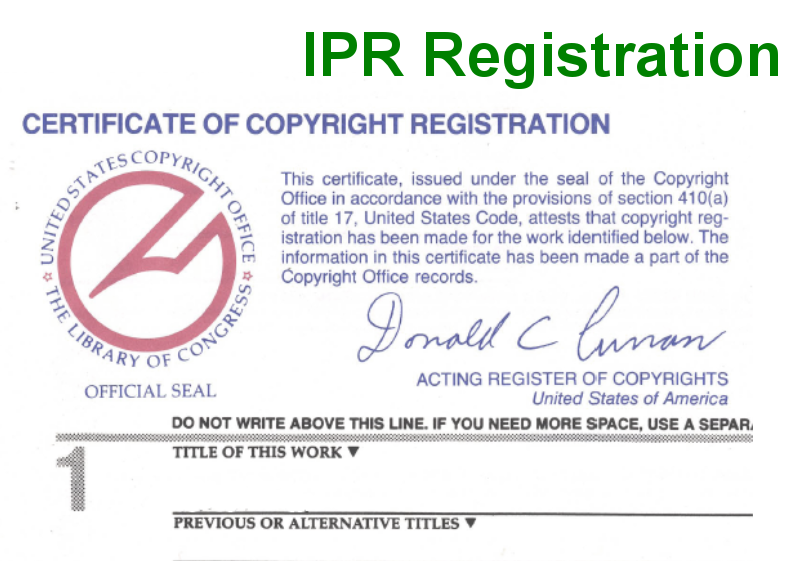Session 8
Mata Kuliah : Law in International Business
Dosen : Dr. Shidarta, S.H., M.Hum
Topik : TRIPS in International Business
Metode : Face to Face
- TRIPS = “Trade
Related Aspects of Intellectual Property Rights”
- Created from the Uruguay Round of GATT and U.S.
2. What are WIPO (World Intellectual Property Organization) weakness?
- Has limited amount of members
- Can't adapt to changes in the structure of International Business and innovations of high-tech technology
3. What are the purposes behind TRIPS Agreement?
- To increase the protection of intellectual properties
- Ensure the implementation of the IPR procedures that do not interfere with trade activities
- Formulate rules and discipline of implementation of the protection of IPR
- Develop the principles, rules and mechanisms for international cooperation to deal with trafficking counterfeit goods or piracy results on IPR
4. TRIPS principles?
- Free to Determine:
give freedom to its members to determine ways that are considered appropriate to implement the provisions contained in TRIPS.
- Intellectual Property Convention:
require its members to adjust legislation with international IPR conventions.
- National Treatment:
providing equal treatment in relation to IPR protection among granted to its own citizens with that given to other citizens.
- Most-Favored-Nation Treatment:
benefit, favor, privilege or immunity granted by a member state to the citizens of other countries, should also be given to the citizens of other member states.
- Exhaustion:
requires of its members to resolve disputes by not using any of requirements in TRIPS Agreement as an excuse for not optimalizing the setting of Intellectual Property Rights in their countries.
5. IPR (Intellectual Property Rights)
 |
| http://www.jiscdigitalmedia.ac.uk/images/ipr.gif |
 |
| http://www.jiscdigitalmedia.ac.uk/images/protected-works.gif |
Example of copyright certificate:
 |
| http://filmstandards.org/fsc/images/3/3c/Ipr-registration-1.png |
Patent:

A patent is an exclusive right granted for an invention, which is a product or a process that provides, in general, a new way of doing something, or offers a new technical solution to a problem. In order to be patentable, the invention must fulfill certain conditions. A patent provides protection for the invention to the owner of the patent. The protection is granted for a limited period, generally 20 years.
Trademark:
A trademark is a distinctive sign which identifies certain goods or services as those produced or provided by a specific person or enterprise. Its origin dates back to ancient times, when craftsmen reproduced their signatures, or "marks" on their artistic or utilitarian products. Trademarks may be one or a combination of words, letters, and numerals. They may consist of drawings, symbols, three- dimensional signs such as the shape and packaging of goods, audible signs such as music or vocal sounds, fragrances, or colors used as distinguishing features.
Industrial Design:
 An industrial design is the ornamental or aesthetic aspect of an article. The design may consist of three-dimensional features, such as the shape or surface of an article, or of two-dimensional features, such as patterns, lines or color.
An industrial design is the ornamental or aesthetic aspect of an article. The design may consist of three-dimensional features, such as the shape or surface of an article, or of two-dimensional features, such as patterns, lines or color.
Industrial designs are applied to a wide variety of products of industry and handicraft. To be protected under most national laws, an industrial design must be new and/or original.
Geographical Indications:
 A geographical indication is a sign used on goods that have a specific geographical origin and possess qualities, reputation or characteristics that are essentially attributable to that place of origin. Most commonly, a geographical indication includes the name of the place of origin of the goods.
A geographical indication is a sign used on goods that have a specific geographical origin and possess qualities, reputation or characteristics that are essentially attributable to that place of origin. Most commonly, a geographical indication includes the name of the place of origin of the goods. How to identify your product's IPR:
Here are the some video that will help us understand about IPR:
Conclusion:
From our point of view, we need to have a copyright / patent for our product/invention. By understanding and using your copyright and related rights protection, you can:
- sell the copyright but retain the moral rights.
- license your copyright for use by others but retain the ownership.
- object if your work is distorted or mutilated.
sources:
- Huala Adolf. (2005). Hukum Perdagangan Internasional. 0th Edition. RAJAP. Jakarta. ISBN: 979-3654-55-4
- http://www.wipo.int/portal/index.html.en





No comments:
Post a Comment